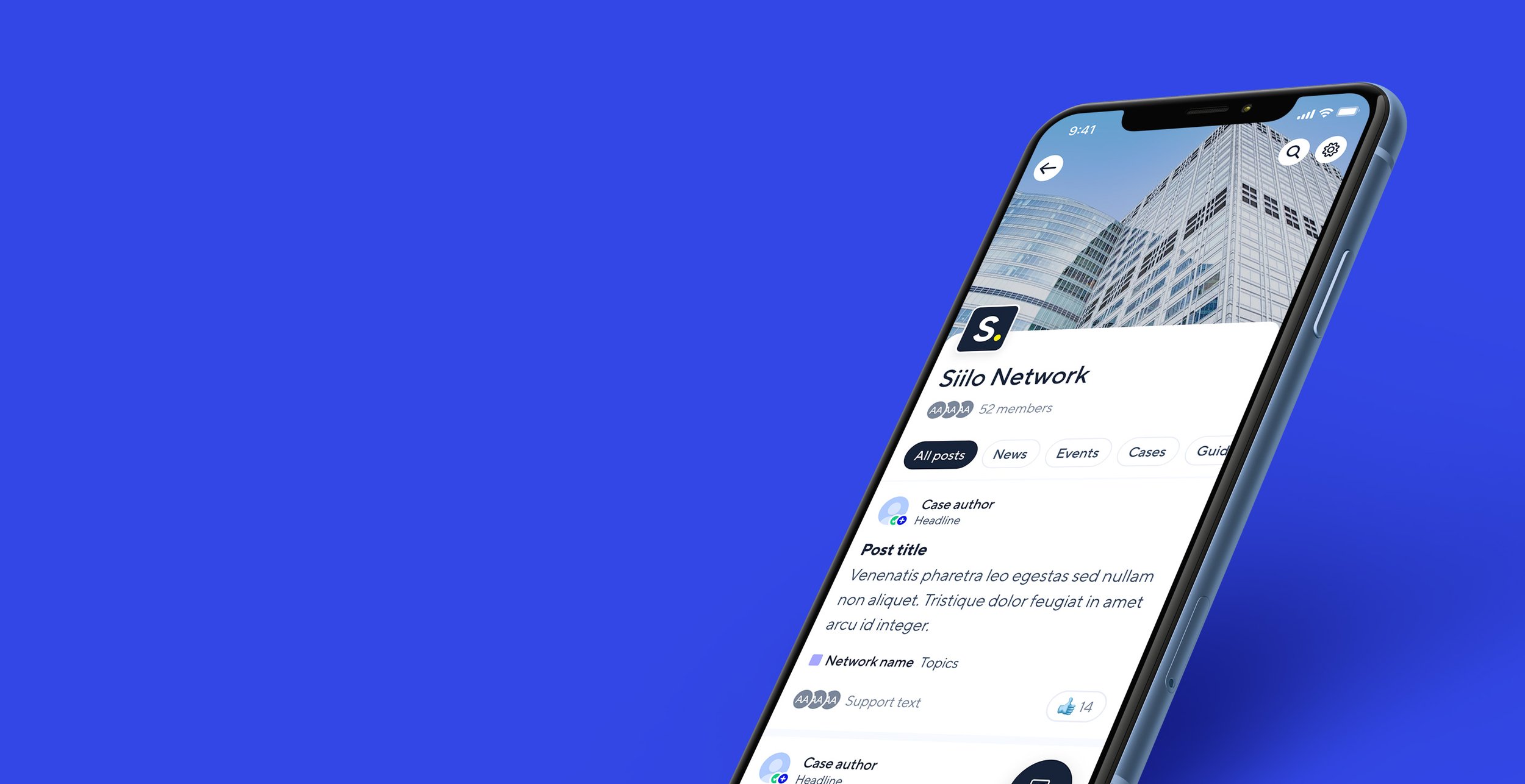TomTom IndiGo ❋ is a next-gen navigation and cockpit platform
— Think of TomTom IndiGo as a highly customizable operating system for cars systems.
As a Senior Product Designer at TomTom, I led key initiatives within the Digital Cockpit team, helping build the company’s next-gen in-car experience from the ground up.
I designed the backbone of the OS-level UI, shaped the ADAS cluster interface, built the climate app framework, and spearheaded the creation of a flexible, brand-agnostic UI language, work that was foundation for TomTom’s design system.
The result: a modular, white-label platform now powering multiple automotive partnerships, that opens doors to more carmakers, and ultimately, more business opportunities.
For automakers, time-to-market reduction from years to ~7 months.
FEATURED INITIATIVES
Designing a flexible System UI ⁂ reducing time-to-market from years to months
TomTom auto partners needed a flexible in-car system that could seamlessly adapt to various display configurations, resolutions, and interaction methods.
This was a long, sometimes messy, but super rewarding process. I worked closely with the design team, engineers, and product folks, figuring things out one flow at a time. We were building the foundation of a car Operating System UI while juggling unclear specs, shifting priorities, multiple screen sizes, and all kinds of interaction modes, like touch, knobs, voice, you name it. Through weekly working sessions (basically weekly design sprints), we sketched, tested, argued, and brick by brick built a system that could scale across brands
For automakers, it meant cutting time-to-market from multiple years down to just ~7 months, a major shift that made the platform a faster, more cost-effective path to launching modern in-car experiences.
Leading ✹ the UI team that gave birth to TomTom highly customizable design system
TomTom needed a way to let carmakers make our navigation UI feel like theirs. I was part of a lean design squad, leading the challenge of defining the visual language for both the Nav UI and the broader Digital Cockpit. We didn't know at the time, but we were creating the foundation of what the TomTom Design System came to be.
This product offering led to easy-to-skin, brand-consistent interfaces, regardless of the vehicle's hardware specifications.
This work inspired the creation of TomTom's Design System, impacting several teams and reshaping the way design was scaled internally.
Designing ✹ TomTom's vision for Autonomous Driving Assistance System (ADAS)
As part of the Cluster team, I worked on the next-gen ADAS vision. This was a whole new world for me, designing for all novelty and safety expectations of Autonomous Driving was unlike anything I’d done before.
We faced the usual UX challenges, with a few add-ons. Running usability tests in driving simulators to measure glanceability (basically, how fast drivers could check info and get their eyes back on the road) was a highlight.
We also navigated regional regulations and safety guidelines, having weekly alignments with legal and business partners to make tough calls about which elements to pull from the cluster entirely. It was totally out of my comfort zone, but that’s what made it so fun to work on.
The outcome was a visionary project that guided TomTom automotive teams on working with digital clusters.
Would you like to know more about my experience at TomTom? Let's chat!
LinkedIn ↗
Or get to know about other projects below

Doctolib Siilo Messenger ✹ 2021-2024
Enhancing patient care for nearly ✺ 1 million doctors in Europe ↪
➞ 1 billion messages exchanged.
➞ Userbase increased from ~300k to nearly 1 million users.





